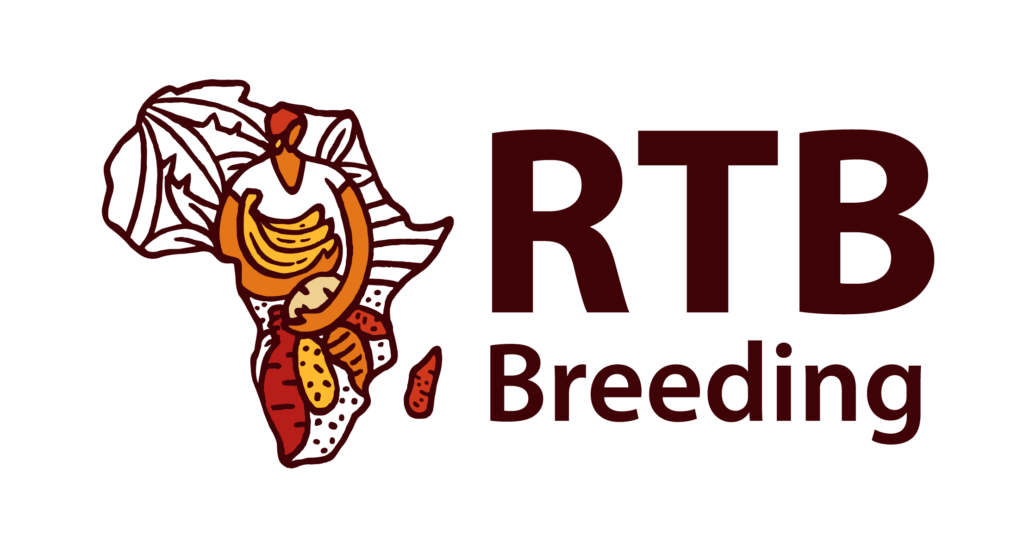The plant cell wall/apoplast plays a fundamental role
in many aspects of growth, development, and responses to environmental
conditions and assault by pathogens and insects. It is therefore not
surprising that a substantial portion of the plant proteome is
localized in the cell wall/apoplast. However, while major initiatives
are now underway to map the proteomes of many plant organelles, such
as the
chloroplast, the cell wall proteome, or "secretome", is far
less well characterized than those of other subcellular compartments.

What is the "secretome"? The term "secretome" is
generally used to refer to the population of proteins that are
secreted outside the plasma membrane of a cell, but can also be used
to describe the subset of the proteome that enter the secretory
pathway.
The purpose of this NSF-funded project is to
catalog and study the dynamic properties of
the cell wall proteome, or secretome, using tomato (Solanum
lycopersicum) as a model system.
Why study the "secretome"? Proteomic analysis of cellular
compartments reveals the subcellular locations of a specific protein,
or protein complex, which in turn can be a valuable step towards
understanding protein function. Localization information also helps in
the identification of protein interactions and targeting pathways, and
peptide motifs and structural signatures that can direct proteins to
various cellular locations. In addition the analysis of a subcellular
proteome has the advantage of requiring "biological
pre-fractionation," which can substantially enhance the detection of
lower-abundance proteins.









